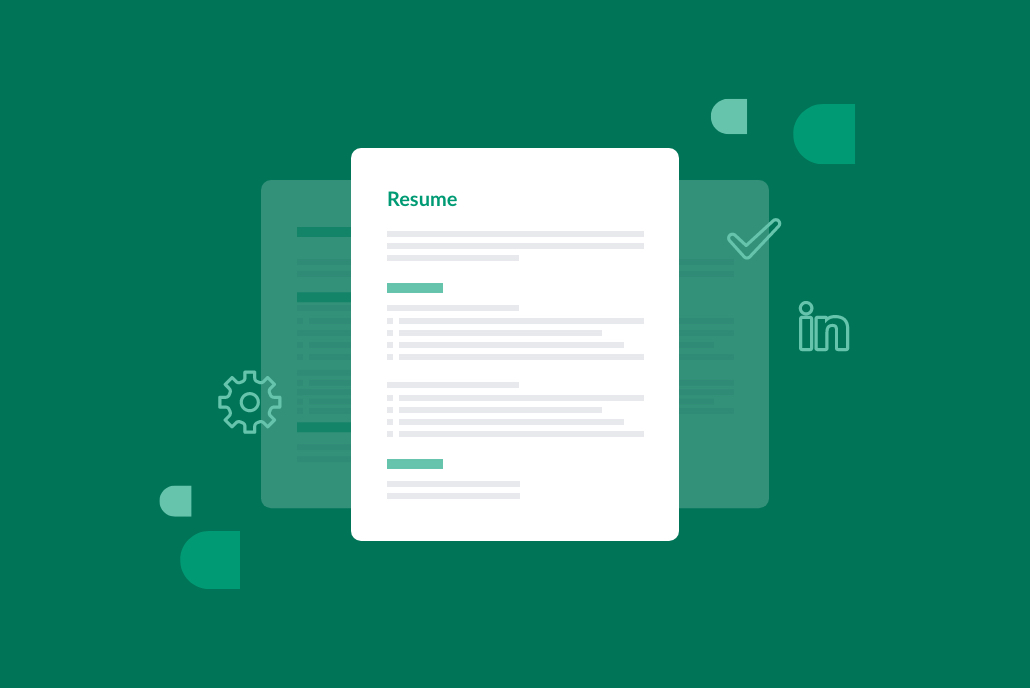You can’t make the big bucks without taking on some responsibility. Those with the highest responsibilities—over life and death—earn some of the highest salaries, and perhaps that’s as it should be. We took a look at Monster salary data to pick out a half-dozen hot jobs that pay $80k per year (or more!) to give a picture of what it takes to earn a superior salary.
Not surprisingly, medical specialties offer excellent salaries, but that has to be balanced against the daunting educational requirements, potentially massive student loan debt and considerable workplace stress. The more common good-paying jobs require people with proven skills in their chosen professions who also have a knack for leading people and supervising projects.
While some careers require advanced science, technology and math skills, the common denominator for excellent pay is an ability to get people in a wide range of disciplines to pull together and get a job done right. Take a look at the following jobs that pay $80k a year to get a better sense of who earns what.
Pediatrics Nurse Practitioner
If you can envision yourself putting the little humans on the road to a healthy childhood, a pediatrics nurse practitioner may be the career for you, provided you have an aptitude for advanced math and science. After you become an accredited nurse practitioner, you'll need to pass the Pediatric Nursing Certification Board certification exam before coming within the range of a salary like this. The median annual salary for a pediatrics nurse practitioner is $105,630.
Find pediatrics nurse practitioner jobs.
IT Project Manager
IT project managers supervise all aspects of a computer system install: They must be fluent in the lingo of coders and engineers while capable of reassuring executives that the project will come in on time and within budget. Typically a bachelor’s degree is the minimum, as most IT project managers work their way up through the ranks, but certifications and master’s degrees will bolster a project manager’s prospects. The median annual salary for an IT project manager is $97,070.
Communications Manager
Communication managers supervise every aspect of a a company's media relations including editorial, social, advertising, circulation, and marketing. In this role, you’ll need a mix of profit-minded business savvy and a passionate devotion to storytelling. While a bachelor’s or master’s degree can provide a strong grounding in the media business, most comms managers work their way up through the ranks through the business or editorial sides of their organizations. While the entry-level comms positions aren't on the list of jobs that pay $80k a year, experience pays (literally). A communication manager salary can reach upwards of $94,725 per year.
Find communications manager jobs.
Account Manager
Key players in the business-to-business realm, account managers supervise the relationship between companies and their key clients, making sure products and services are delivered to the customer’s satisfaction. A bachelor’s degree is the base minimum, as years of proven experience are the key to becoming an account manager, but an MBA might give a candidate a leg up for a hotly contested opening. An account manager salary can reach upwards of $92,610 per year.
Product Manager
You’ll need a combination of innate creativity and an ability to supervise creative people to succeed as a product manager, where you’ll coordinate advertising, public relations, marketing support, and campaign budgets either for clients in an agency or a company marketing department. Bachelor’s and master’s degree are helpful, but this job also requires an intuitive ability nurtured over years in the marketing trenches. The median salary for a product marketing manager is $97,045 per year.
Human Resources (HR) Director
Human resources directors are tasked with hiring new workers and supervising the pay, benefits and career prospects of existing employees. They’re usually also in charge of payroll and mediating disputes between workers and managers. In a union shop, they’re usually on the company’s bargaining team. A bachelor’s degree is the minimum but people with master’s degrees may have an edge in getting this job. The median salary for a human resources director is $92,110 per year.
Find More Jobs that Pay $80k a Year
Monster knows that your financial compensation is a key component of any job offer. Not seeing the big bucks you were expecting? Let us help you with that. Create a free profile on Monster. We can hook you up with recruiters in your industry, send you custom job alerts, and help you find employers who pay well.





